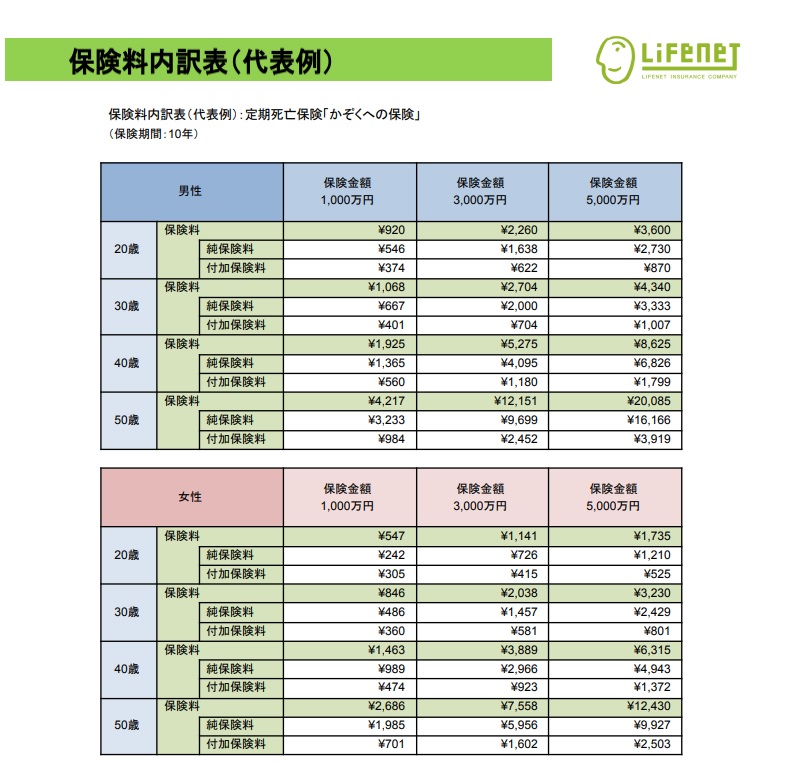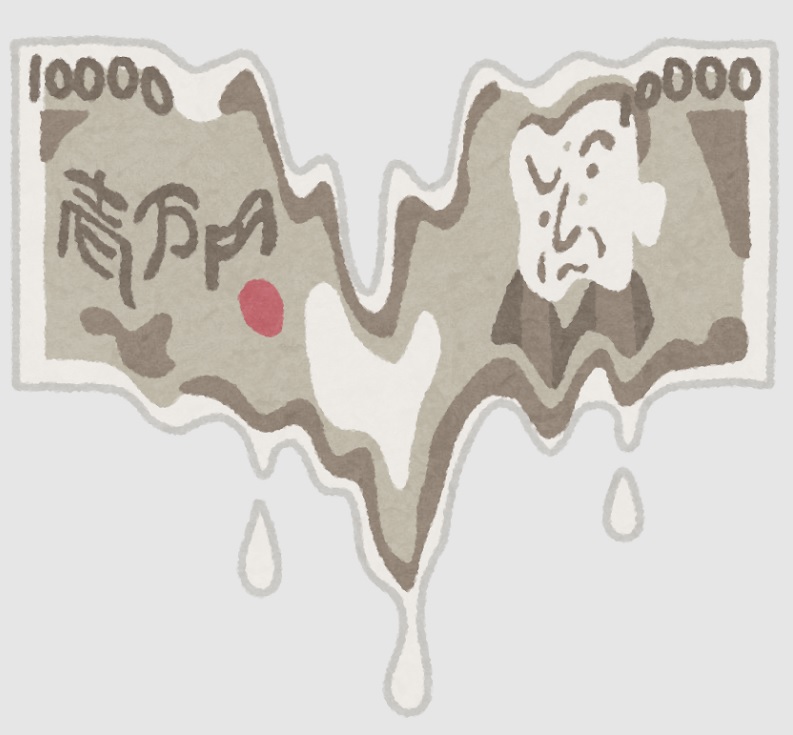管理人オススメコンテンツはこちら
「ただの手数料で消えてる|高額な手数料に要注意!賢い生命保険の選び方」
〜前回のつづき〜
●内訳を詳しく見てみよう(つづき)
(2)生命保険・医療保険
保険料には
a)純保険料
b)付加保険料
という内訳が有るんですね。
a)純保険料
保険金の支払いに充てるための保険料の事です。
b)付加保険料
保険会社の運営経費
・人件費
・オフィス代
・宣伝費
などに充てられる保険会社の手数料の事です。
保険料の内訳のイメージは
どんな感じになってるかというと

付加保険料というのが上のオレンジの部分
純保険料が下の緑の部分です。
この付加保険料と純保険料の比率は
どれぐらいかというと
会社や保険の種類によって違います。
だから各保険会社によって
割合は当然違うという事です。
この内訳を公表しているというのが

2024年4月の時点ですけど
ライフネット生命だけだったんです。
という事は
他の保険会社は内訳を出してないんですよね。
保険会社は内訳を知られたくないんですよね。
どのぐらい自分達の
・オフィス代
・人件費
その他もろもろ掛かっているか?
というのを知られたくない訳ですね。
なぜ知られたくないんでしょょうねぇ・・・?
●なぜ保険の手数料が高いのか?
a)純保険料
b)付加保険料
の比率を7:3とすると
あなたが支払ったうちの30%は
ただの手数料で消えてるという事です。
だからあなたが
月2万円の保険料を支払ったとすると
月6千円は
手数料で取られてるという事です。
30年でいくら取られるかというと
30年✖️12ヶ月✖️6千円
= 216万円
ということになります。
貯蓄性のある保険にしても
手数料を差っ引かれた分が
投資に回ったりするので
これまた利率が悪いんですね。
「ガチガチに回してるから」
「安全な資産で回してるから」
なんて言いますけど
安全な資産で回すにしても
同じ対象のものに投資するにしても
利回りが悪いんですよね。
だからなぜ高いのかというと
ここの手数料を
ガッツリ取られてるからですよ。
だから
・保険は保険
・投資は投資
「混ぜるなキケン!」
なんです。
ずっと言い続けてるのはここですよね。
数字は仮ですが
わざわざ3割も手数料を取られながら
投資をする必要というのは
別に無いですよね?
〜〜〜つづく〜〜〜
Special Thanks college president Ryo.
●おまけ
≪≪Chat-GPTくんによる要約→perplexityちゃんによる文章まとめ≫≫
生命保険の保険料は主に「純保険料」と「付加保険料」の2つで構成されています。純保険料は将来の保険金支払いに充てられる部分で、付加保険料は保険会社の運営経費(人件費やオフィス代、宣伝費など)に使われます。この内訳の比率は保険会社や商品によって異なりますが、多くの保険会社は詳細を公表していないため、消費者はその実態を把握しづらい状況です。
例えば、付加保険料が30%の場合、月2万円の保険料を支払うと、6千円が手数料として消えてしまいます。これを30年間続けると、216万円もの手数料が発生します。さらに、貯蓄性のある保険でも手数料が高いため、投資効率が悪化します。このように、高額な手数料が生命保険のコストを押し上げているため、保険と投資は分けて考えるべきです。無駄な手数料を支払う必要はないのです。
Citations:
[1] https://www.rakuten-life.co.jp/learn/article/fee/
[2] https://www.f-l-p.co.jp/knowledge/1760
[3] https://www.hokende.com/life-insurance/columns/payment
[4] https://www.meijiyasuda.co.jp/find2/light/knowledge/list/11.html
[5] https://www.dai-ichi-life.co.jp/contractor/notice/about_payment/pdf/index_001.pdf
[6] https://www.gib-life.co.jp/st/intro/products/pdf/iryou_hoken14_panf.pdf
≪≪Chat-GPTくんによる英訳≫≫
~Continuation from Last Time~
【Let’s Take a Closer Look at the Breakdown (Continued)】
(2) Life Insurance & Health Insurance
Insurance premiums are divided into:
a) Pure Premium
b) Loading Premium
a) Pure Premium
This is the portion of the premium that is allocated for the payment of insurance benefits.
b) Loading Premium
This is the insurance company’s fee used to cover operating expenses such as:
- Personnel costs
- Office expenses
- Advertising costs
The breakdown of insurance premiums is typically visualized as follows:
[Link to the image: https://www.f-l-p.co.jp/knowledge/5301]
The green portion at the bottom represents the pure premium, and the orange portion at the top represents the loading premium.
The ratio between the pure premium and the loading premium varies depending on the company and the type of insurance.
This means that the proportions differ among insurance companies.
As of April 2024, the only company that disclosed this breakdown was Lifenet Insurance.
This implies that other insurance companies do not disclose this breakdown.
Insurance companies don’t want the breakdown to be known because they don’t want customers to know how much they are spending on:
- Office expenses
- Personnel costs
And other various expenses.
Why don’t they want this information to be known?
【Why Are Insurance Fees So High?】
If the ratio of pure premium to loading premium is 7:3, this means that 30% of what you pay is just the fee.
So, if you pay 20,000 yen a month for insurance, 6,000 yen of that is taken as a fee.
Over 30 years, this adds up to:
30 years × 12 months × 6,000 yen = 2.16 million yen.
Even for insurance policies with a savings component, the amount left after deducting fees is what gets invested, resulting in poor returns.
They may say, “We manage it tightly” or “We invest in safe assets,” but even when investing in the same assets, the returns are low because of these fees.
So why are the fees high? It’s because they take a significant portion as fees.
Therefore,
- Insurance should be insurance.
- Investment should be investment.
“Don’t mix the two!”
This is the point that has been emphasized all along.
Even though the numbers are hypothetical, there’s really no need to invest while having 30% taken as fees.
Special Thanks OpenAI and Perplexity AI, Inc


